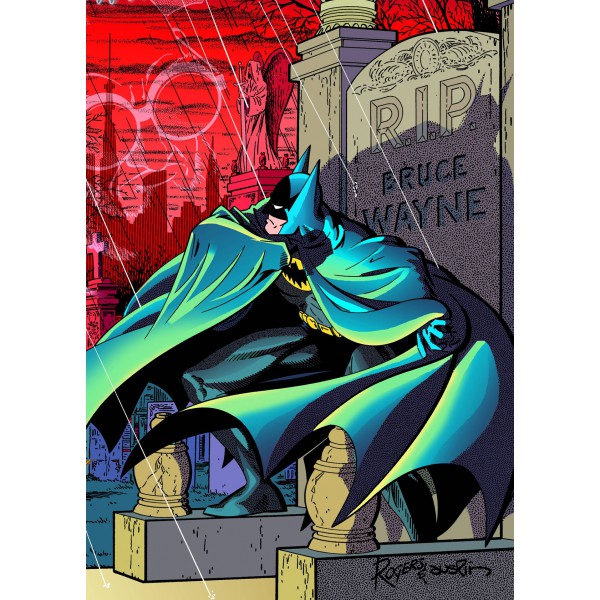
Artists like Bill Watterson and Winsor McCay were eager to use every inch of space they had for lush landscapes across which action rolled and sprawled in lavish, kinetic detail. But that’s about as adventurous as the layout gets. Occasionally she’ll have a slightly different format: for instance, a strip about Vikings collecting souvenir-illuminated manuscripts from sacked monasteries is eight panels arranged as two pages of four-panel blocks. Beaton’s certainly do almost all of her strips are three or four panels, like a daily, or else two tiers of three-or-four-panels, like a Sunday. Some creators have picked up on the hint-McCloud himself has made some comics in this vein-but for the most part, webcomics look a lot like newspaper comics. Creators could take advantage of what McCloud called an “infinite canvas” to produce sprawling images that scrolled across multiple screens. In the dim, pre-historic Internet dawn of 2000, Scott McCloud in Reinventing Comics proposed that the Internet would allow comics to spread and morph into fabulous shapes. The most striking thing about seeing the strips on the page is, perhaps, how un-striking it is to see the strips on the page. If you’re not familiar with webcomics, there’s a good chance that Kate Beaton will be one of the two or three examples of the genre that you’re familiar with.īeaton came out with a collected book of her strips last week published by Drawn and Quarterly. But, especially with Achewood on hiatus, Hark a Vagrant is probably the hippest web strip around, combining popularity with almost universal critical acclaim. Hark a Vagrant may not be the most popular strip online-I doubt it’s overtaken Randall Munroe’s xkcd or Mike Krahulik and Jerry Holkins’ Penny Arcade.

Other people have started buying the same program for everything from analyzing the readout from big physics experiments to labeling charms and amulets for sale at shrines to detecting problems in the wiring on jet engines.Kate Beaton is the rock star of web cartoonists.
#HARK A VAGRANT DRACULA CODE#
And it turns out that yeah, you can use almost all of the same code to analyze a tissue sample and pick out any potentially cancerous cells in it.

The whole process is simple, fast, sanitary, and pleasant for customers and employees alike, and to an outsider it looks like fucking magical bullshit.īut then in 2017 a doctor saw an ad for this bakery scanning system and it occurred to him that cells under a microscope don’t look all that different from weird loaves of bread.
#HARK A VAGRANT DRACULA FREE#
It took five years and the company barely survived a financial crisis in the middle, but long story short they developed a highly specialized AI that will look at the pile of bread a customer picked out and automatically identify everything, tally it up, and charge them correctly, while the live cashier is free to make small talk or help people out or whatever. So one bakery chain owner approached this computer guy in 2007 asking for a system to automate the checkout process. And having a person handle all those un-packaged foodstuffs to count them or examine them, in addition to being slow and clumsy, is unsanitary as fuck. No packaging means no barcodes to scan, so the cashier needs to know all like 200 different (often very similar) items by heart and add them up manually, which means training new employees is a slow and painful process and customer service in general suffers badly.

So I looked this up and the whole story is wild.īasically, market research for japanese bakeries determined that a) they sell more breads and pastries the more different varieties they have, and b) japanese bakery customers prefer items which are not wrapped, because individually wrapped things give the impression of being like, preserved or something instead of fresh and good I guess? So the obvious solution is to sell as many different kinds of unwrapped breads and pastries as you can.īut! In actual practice, that’s a nightmare.


 0 kommentar(er)
0 kommentar(er)
